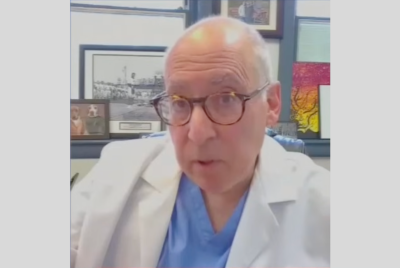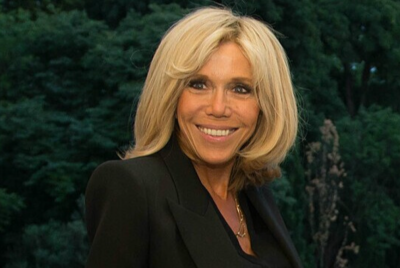Fake news spreads significantly faster than the truth - but don't blame Russian bots
KEY POINTS
- MIT study says humans - not bots - are to blame for dissemination of false news items.
- People are more likely to share information that inspires "fear, disgust, and surprise."
- Automated bots share false and true news at the same rate on Twitter.
Fake news is 70% more likely to be shared on Twitter compared with real news stories, a study has revealed.
MIT-backed research, published in the latest edition of Science, claims that lies made on social media travel significantly "faster and deeper" than news items that are demonstrably true.
Much has been made of attempts by foreign states to disseminate false information through the use of automated bots in recent months, particularly Russia's alleged effort to undermine the US presidential election in 2016. However, the root of 'fake news' is closer to home than many analysts claim.
Lies spread faster than the truth
While the media often blames automated bots for the spread of disinformation, the MIT study claims humans are the cor reason, due in part to their desire to share "novel" information on social networks.
The report - authored by Soroush Vosoughi, Deb Roy, Sinan Ara - analysed 126,000 stories from 2006 to 2017 which were tweeted by 3 million people more than 4.5 million times.
The study has examined a host of these 'rumour cascades' to illustrate the scale of the problem. The red lines in image below shows the volume of fake news while the green line shows real news; yellow is a mixture of both.

True news also struggles to compete with fake news in terms of reach: the truth takes six times longer to be seen by 1,500 people on Twitter than misinformation, researchers say.
The study said: "Falsehood diffused significantly farther, faster, deeper, and more broadly than the truth in all categories of information"
"We found that false news was more novel than true news, which suggests that people were more likely to share novel information. Whereas false stories inspired fear, disgust, and surprise in replies, true stories inspired anticipation, sadness, joy, and trust."
"Contrary to conventional wisdom, robots accelerated the spread of true and false news at the same rate, implying that false news spreads more than the truth because humans, not robots, are more likely to spread it."
An age old problem
Jason Steinhauer, director for the Lepage Center at Vilanova University, told IBTimes that we have been conditioned to "privilege the novel and the new over the predictable and the constant."
"This has been an ongoing evolution since the 1830s, when Penny Presses published sensational stories that would appeal the broadest possible readership... Those papers quickly learned that sensational stories sold newspapers, and we continue to live with that legacy today on the internet."
"The MIT study demonstrates that the more outlandish or outrageous the headline, the more traction it gains. This would be true whether social media existed or not", he added.
Ultimately, readers have the power to decide what gets shared: "If we don't click, the false information doesn't spread."





















